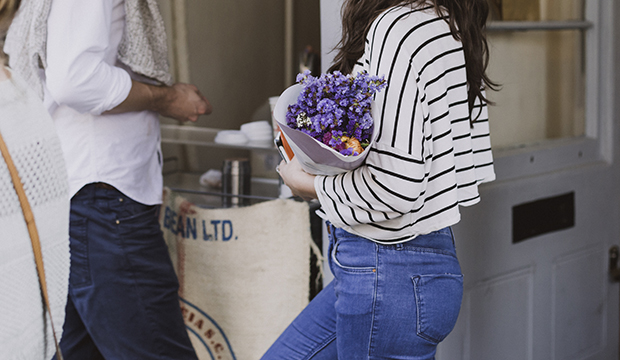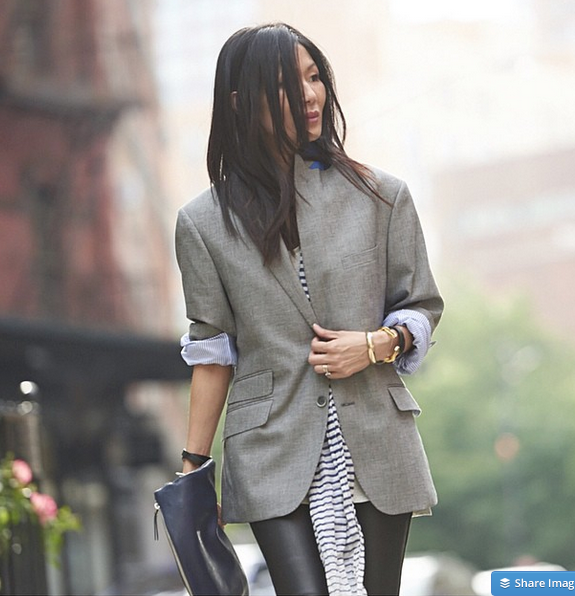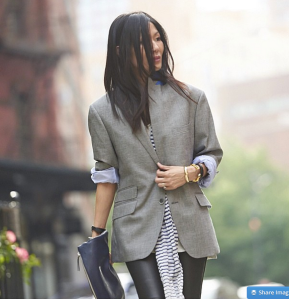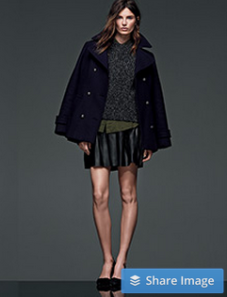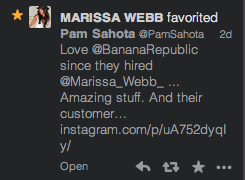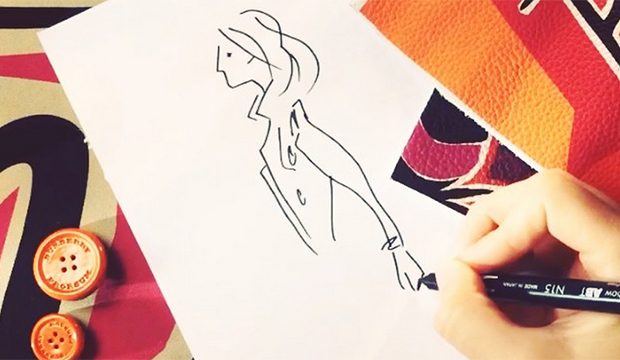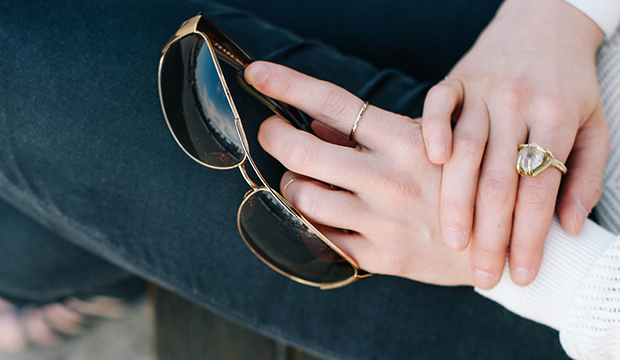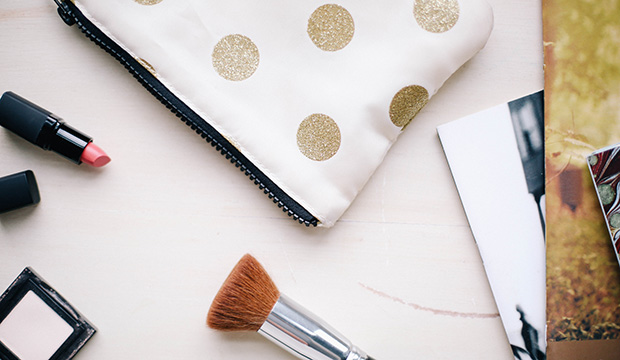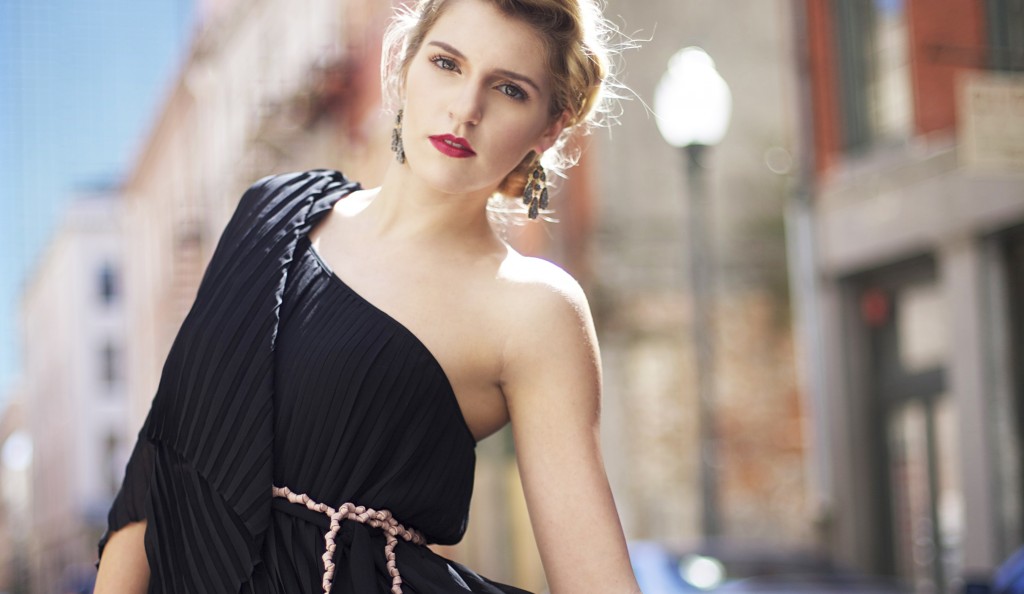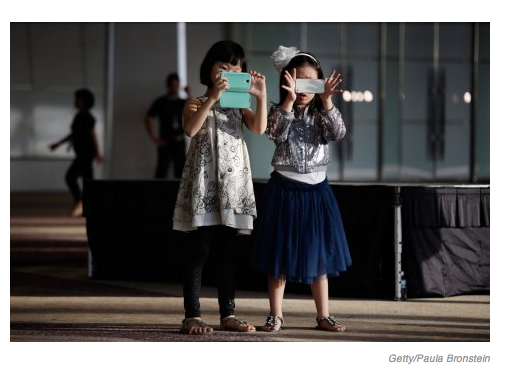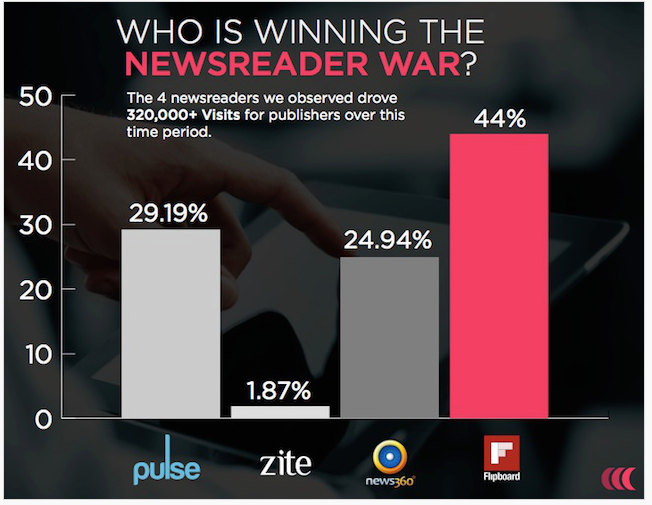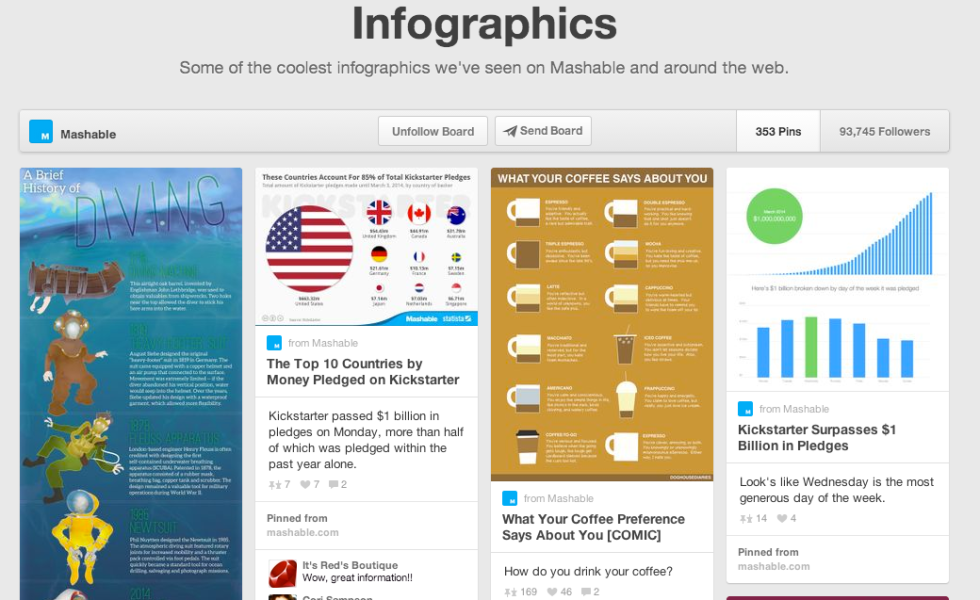I’ve been thinking about this for almost a year, planning for months, and now it’s here. The people who know me realize that I’m always doing something on the side. Something that motivates me, alongside my day-to-day digital marketing career. And it’s usually an extension of it.
This time, I got some help. I had an idea, but I knew I needed a partner in crime to get to where I wanted to go. I sat on my couch one night and thought about the people, the women, in my life who had similar aspirations, likes, and compatible personalities. Randomly, one name came to mind. Lindsey Varney. A friend who I met my first week of college and lived across the hall – 13 years ago. We had been in touch off and on, but it had truly been years since we had hung out. I knew she was also in digital marketing, a day younger than me, loved fashion, and had a fun outlook on life. Someone who would balance my type A planner-ness. Months later, here we are. Partners in a new adventure, called Radiate Daily.
What is Radiate Daily you ask?
I pondered that question for a long time myself. What do I want this site to be. I didn’t want another fashion tips site. Tips only go so far. I wanted to get to the root of the pain points that people have on a daily basis.
Confidence. Inspiration.
I want to inspire people to believe in themselves. Help focus on the things that drive who they are, each day of their life, and in turn be proud and confident. Style is something I’ve loved for a long time. It’s not fashion – fashion fades as they say. Style is something we all possess (whether we believe it or not). But confidence in one’s style comes from my places (like my story here). It can be a fitness routine, a quote we read, a compliment from a friend, a story that inspired us, or our careers kicking butt. That confidence shapes the rest of us, including our style. It helps us Radiate Daily.
So join me and Lindsey. Join us in our new adventure to help inspire others every day. Come read the stories, check out the snippets on social, and help us collect more to share. Share yours! And of course, tell me what you think. What helps you #radiatedaily ?


